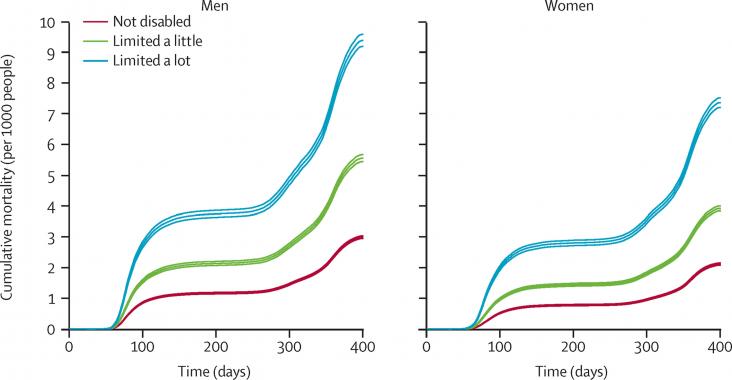An Article in support of SDGs 2 and 12, assessing the financial costs of healthy and sustainable diets in countries with different income levels
To date, much of the literature on the clinical effectiveness of digital mental health interventions has come from higher income settings, but there is less evidence from low-resource settings. Notwithstanding varied access and gaps in access or connectivity, especially in rural areas, digital technologies offer unparalleled opportunities for transforming the delivery and use of mental health interventions in low-income and middle-income countries (LMICs).
This content aligns with Goal 3: Good Health and Wellbeing by providing an overview of current pain trends among PWH, treatment guidelines, and suggestions for how to best fulfill the needs to decrease pain, prevent opioid misuse, and improve quality of life for this unique patient population.
The global population is becoming increasingly reliant on mobile technology, with 3.5 billion smartphone users globally in 2020 with the widespread adoption of smartphones and tablets in combination with increased internet access present unique opportunities for mobile health (mHealth) applications (apps) to be utilized as novel interventions for medical conditions. This chapter reviews the efficacy of mobile health apps evaluating the model, framework and review sites.

Background: People with learning disabilities are at substantially increased risk of COVID-19 mortality, but evidence on risks of COVID-19 mortality for disabled people more generally is limited.
This chapter advances goals 3 and 5 by examining the current research about sleep and insomnia during pregnancy, as well as considerations for assessment and treatment of insomnia during pregnancy.
Elsevier,
Burt and Eklund's Dentistry, Dental Practice, and the Community (Seventh Edition), 2021, pages 10-19
This content aligns with Goal 10: Reduced Inequalities by examining the social determinants of health and access to adequate oral healthcare.
This chapter introduces a psychosocial approach to understand and address sleep health in the population and its behavioral underpinnings.
The chapter reviews how sleep, diet, and exercise have an affect on health and well-being.
This chapter identifies and summarizes the thrust of the evidence regarding sleep health disparities among mainly racial/ethnic minorities as well as summarize both determinants that are largely modifiable and health consequences of sleep health disparities using selective studies as key examples.
